What is the profit of soilless (substrate) cultivation of vegetables?
The key feature of soilless cultivation is not to cultivate plants through the cultivation of soil. Of course, soilless cultivation has both advantages and disadvantages.
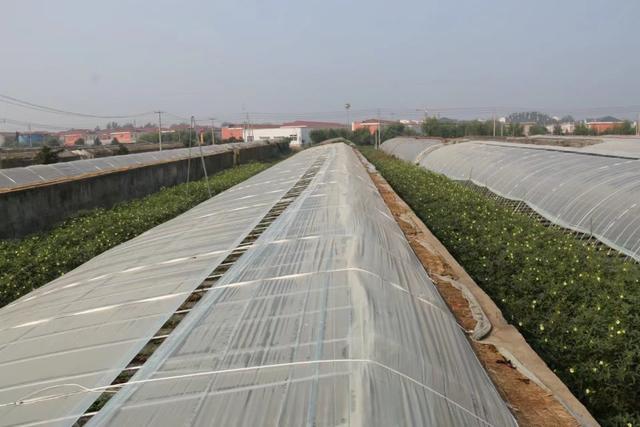
Let's start with the advantages:
Soilless cultivation not only has the advantages of low cost, high yield, good quality of vegetables, health and environmental protection, etc. The methods of soilless cultivation are water planting method, nutrient solution planting method, organic matter cultivation and so on.
Among them, the cultivation of organic matter is widely used, which promotes the development of high quality vegetables.
The main results are as follows: (1) Organic matter should go through the process of ripening and fermentation before the use of agricultural organic waste. First of all, plant residues have a great impact on nutrition, and the chemical composition is more complex. the materials of organic culture medium often use crop straw, part of plant fruits, partially decaying trunk of trees, residue after plant extraction and feces produced in animal husbandry production. some organic wastes of fresh wheat bran contain substances that can be easily decomposed by microorganisms. Organic medium materials come from a wide range of sources, and the price is low, which is suitable for mass production of vegetables.
(2) most of the pathogens and nematodes contained in agricultural wastes will be killed in the process of ripening fermentation, and the fermentation temperature can reach 55 ~ 70 ℃.

3 adjust the pH value of matrix
In general, the substrate for the cultivation of different plants should be adjusted according to the requirements of acidity and basicity of plants, and the acidity and basicity of excellent substrate is generally neutral. On the one hand, excessive acid in matrix will affect the balance and stability of nutrient elements; on the other hand, it can directly affect the growth of plant roots. Mineralization of nitrogen in organic matter the supply of available nitrogen is more when pH6.0 ~ 8.0. Nitrification is limited because the activity of nitrogen-fixing bacteria decreases when the activity is below pH6.0, while the supply of available nitrogen decreases when pH8.0 is above. And in the range of pH6.5 ~ 7.5, the availability of phosphorus is the highest. Phosphate reacts with calcium ion to form insoluble tricalcium phosphate precipitation at pH7.5 ~ 8.5. the availability and solubility of phosphorus are the least. When pH ≤ 5.0, the leaching of potassium will lead to potassium deficiency in the mechanism. Lime is most commonly used to regulate the acidity of the matrix, which can reduce the fixation of phosphorus by active iron and aluminum, and increase the calcitonin in the matrix. In addition, acid weathered coal is rich in humic acid, which can improve the matrix structure and reduce the matrix pH value. Therefore, we will mix weathered coal with organic matter.
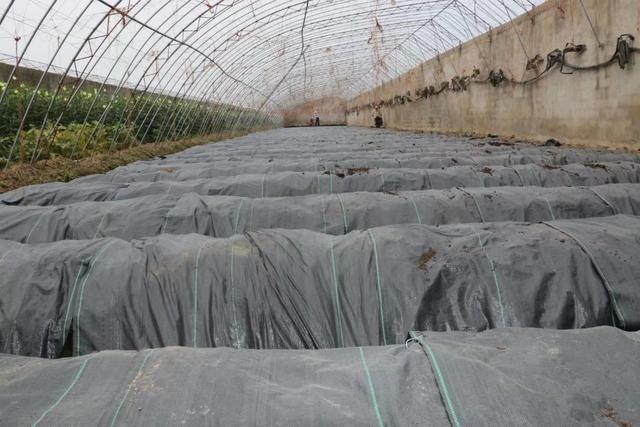
Therefore, the technology of allocating organic matter is more important.
Select, fix the substrate, and effectively control the best requirements of temperature, water, light, nutrients and air in the process of vegetable growth and development, realize the rapid ripening of cucumber and improve the yield of vegetables.

After the material selection of the culture medium is completed, the culture medium needs to be treated in time. The treatment of organic materials in the culture medium is more complicated. first of all, viruses, insect eggs and weed seeds in the organic materials should be eliminated to avoid the generation and spread of diseases and insect pests in the process of vegetable culture. Secondly, the organic matter with high molecular weight should be degraded by the effect of microbial decomposition, so as to facilitate the absorption of organic matter by vegetables in soilless culture. Finally, chemical reaction neutralization should be used to eliminate the toxicity of harmful substances in organic matter. The treatment of inorganic matrix materials is relatively simple, the use of sand and gravel only need to be crushed, and the method of chemical neutralization can be used to ensure that the matrix is weakly alkaline.

Soilless cultivation without hard work such as ploughing, bed preparation, weeding, spraying, watering and fertilization, one person can manage 3murs and 4mu, increasing the efficiency by more than three times. Save labor, labor, fertilizer, medicine, water, save a lot of production expenses and labor costs, greatly reduce the cost of melons and vegetables, and even only 1/5 of the traditional soil cultivation. It is a factory agriculture with high efficiency, low cost, simple operation and stupid management. Everyone can learn it. Fast growth, high yield, good growth conditions, extremely high yield, used with photosynthetic quantum water, (of course, this is neither a pesticide nor a hormone, if you are not assured, you can take it to a professional institution for testing.) it will be put on the market 7 Mel 15 days in advance. The first leaf of cucumber blossoms and produces melons, which can grow to more than ten meters high, tomatoes can grow to eight meters high, vegetables yield 50-60, 000 jin per mu, watermelons yield 25000 jin per mu in 70 days, increasing yield by 4 times, yield is extremely high, and the increase is huge. High yield, high quality and rich profits!
Substrate cultivation is not limited by seasons, regions and varieties, and all places can produce all kinds of vegetables, melons, fruits and flowers in off-season all year round. It takes only a small investment to produce all kinds of pollution-free melons and vegetables with high efficiency and low cost. One mu of simple and efficient soilless cultivation, generally depending on the types of planting, can make a profit ranging from 50 to 100000 yuan. If a person manages 3 million mu, he can produce hundreds of thousands of jin of melons and vegetables a year, and he can make a profit of hundreds of thousands of yuan (of course, profits should also be calculated according to the market situation of fruits and vegetables). Even if it is sold at the price of ordinary melons and vegetables, the profit can be more than 10 times that of planting in ordinary greenhouse.
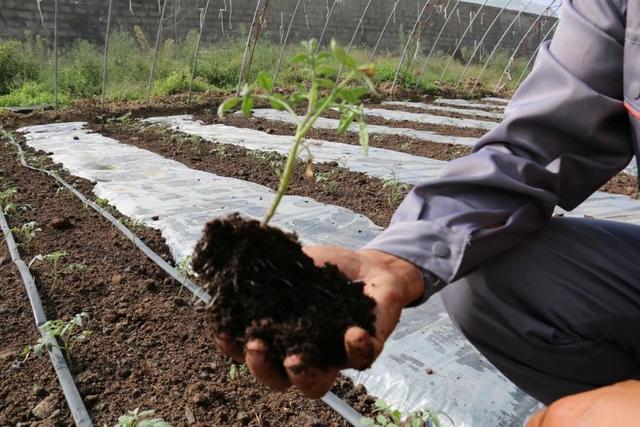
Disadvantages:
Soil is a substance with "self-control buffering function", that is, it can automatically adjust its acidity, alkalinity, trace elements and various nutrient concentrations, microbial community distribution and other essential elements of cultivated plants according to external conditions. On the other hand, the cultivation base of soilless cultivation is completely artificial, and a little defect will immediately impact the normal growth of plants, resulting in plant disease or death.
We can provide substrate cultivation techniques. If you are interested, you can visit our Jiangsu base.
- Prev
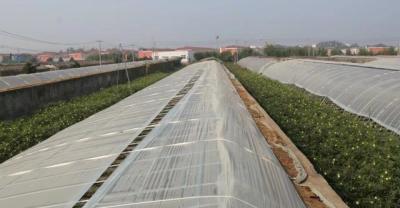
What vegetables nourish the stomach and protect the stomach: what vegetables are not delicious in the stomach? What vegetables are best for the spleen and stomach?
Five kinds of home-cooked vegetables are the most nourishing to the stomach. Now let's take a look at them with the editor. Sweet potato-- nourishing the stomach and removing accumulation Sweet potato is flat in nature, sweet in taste, tonifying spleen and tonifying qi. "pick up the outline.
- Next
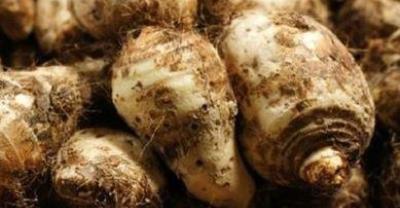
Can you lose weight by eating only vegetables?
Whether it's for health or to be more beautiful, losing weight is always a timeless topic. In order to lose weight a little better, but also to keep the body from flowing.
Related
- Where is it suitable to grow horseradish in China? it is expected to see the middle altitude horseradish in Alishan.
- How to prevent tomato virus disease reasonably? (Control methods included)
- Many people like to plant towel gourd on the balcony. What are the main points of this method and management?
- What crops can chili peppers be mixed with?
- Fertilization techniques and matters needing attention in Tomato
- What are the grafting techniques for peach seedlings in spring?
- Harm and control methods of root swelling disease of Chinese cabbage
- What are the pests of sweet potatoes? How to prevent and cure it?
- Symptoms, causes and Control methods of navel Rot in Tomato
- The cause of "Cucumber rotten bibcock" in Farmers' planting Cucumber and its Control Plan

